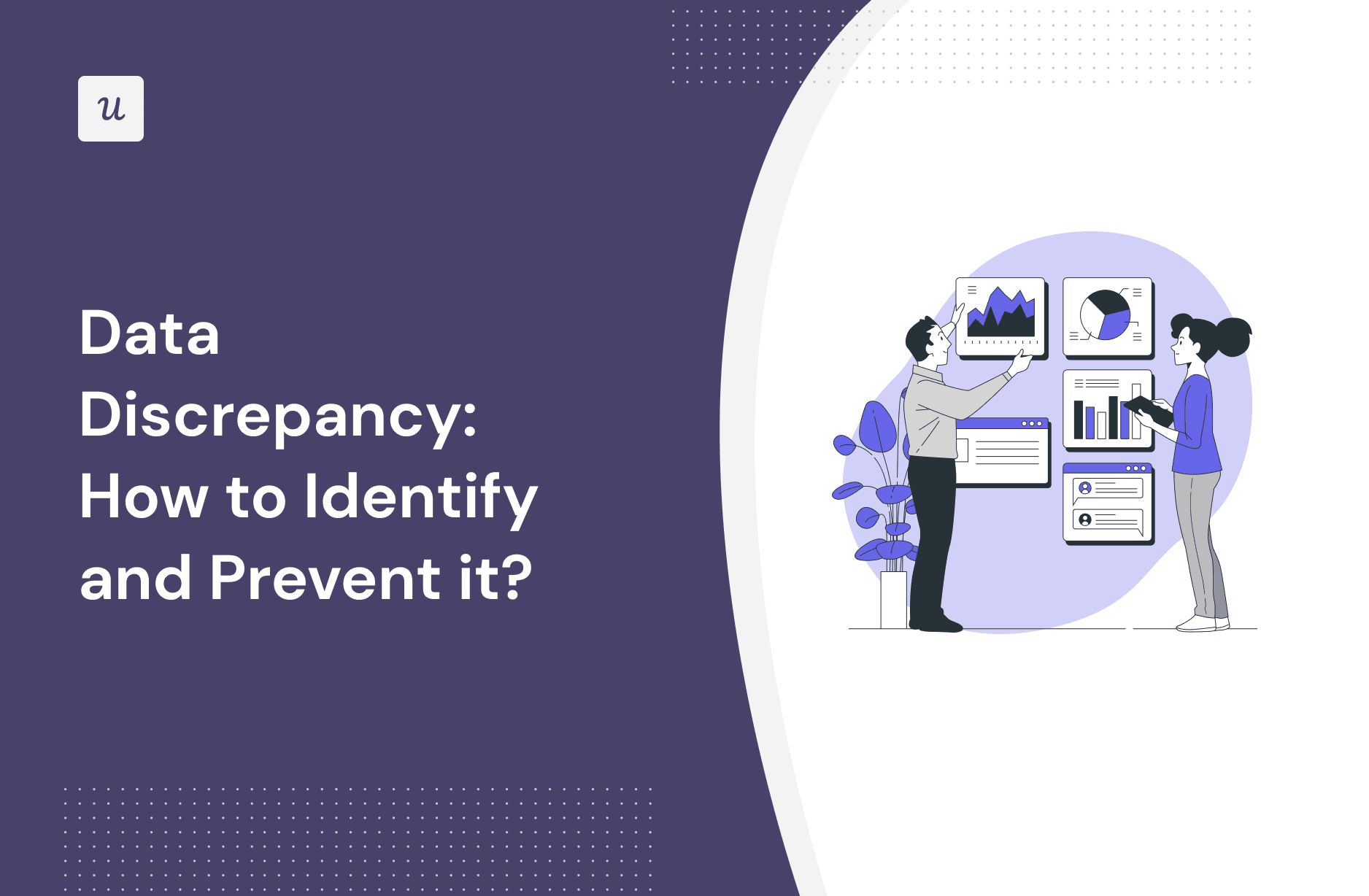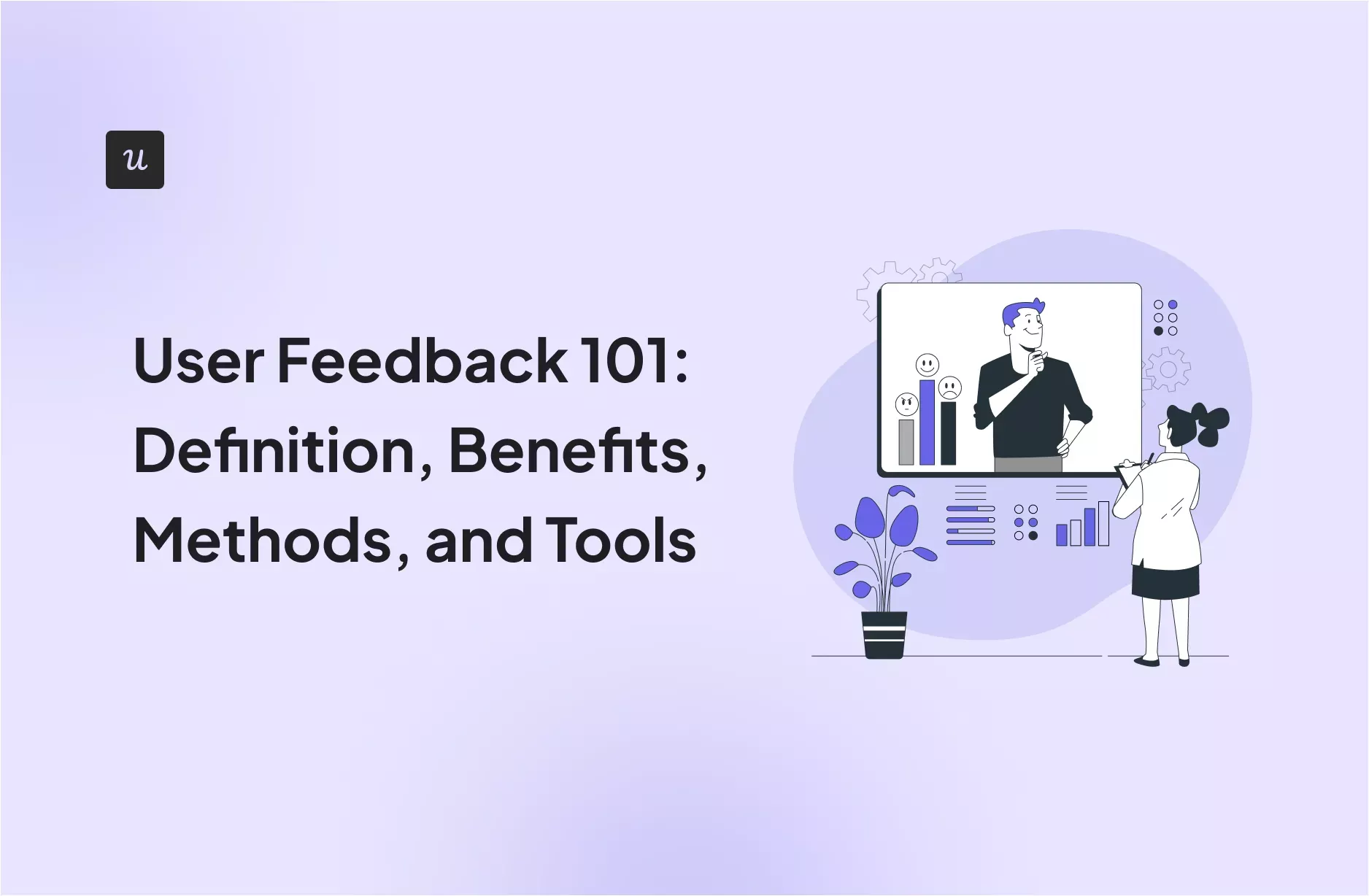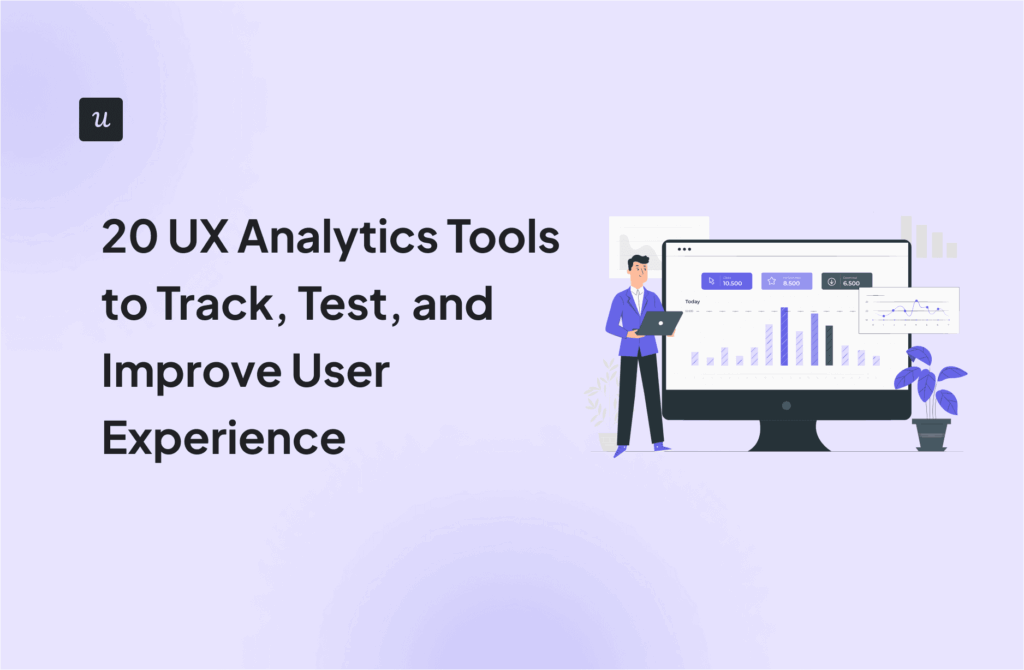
Do you need to worry about data discrepancy?
Unfortunately, yes, and our article explains why.
More importantly, we will show you:
- How to identify them
- What causes data discrepancies
- And how to leverage product analytics tools to avoid the issue
Let’s dive in!
Try Userpilot Now
See Why 1,000+ Teams Choose Userpilot

What is data discrepancy?
Data discrepancy is when two or more sets of comparable data don’t match up.
For instance, you may find that two different analytics platforms or dashboards show different values for the same metric. This could be caused by different settings, for example, you may set a different date range or attribution window for each of the tools.
How do data discrepancies affect business processes?
Some data discrepancies are unavoidable, and a data discrepancy of 5% or 10% is nothing to worry about. However, high data discrepancy could have a negative impact on your operations and product performance.
First, data discrepancies can lead to poor decision-making. If your SaaS business relies heavily on data (and which doesn’t), and if the data is inaccurate or inconsistent, it can lead to misinformed decisions.
This could translate into financial losses. In a 2022 survey by Validity, 44% of respondents said that low-quality data was responsible for a loss of 10% of annual revenue.
Second, inconsistent data can cause delays in workflows and processes, leading to inefficiency and reduced productivity.
Moreover, data discrepancies can result in increased costs. These costs can be direct, such as the financial cost of rectifying errors by your engineers or data scientists, or indirect, employee dissatisfaction.
Finally, data discrepancies can affect your ability to comply with data privacy regulations, which can result in legal issues and potential fines.
How do you identify discrepancies in data?
Given the negative impact that data discrepancy may have, SaaS teams need reliable methods to spot them.
Let’s look at a few of them.
Cross-reference data sources
If you have data from a number of sources, cross-reference the data.
In practice, this means comparing the datasets and analyzing them for discrepancies.
Spot outliers and inconsistent patterns in data
Data outliers are values that significantly deviate from the rest of the data.
Such inconsistent values or data patterns could be an indication of data discrepancy.
Visualize data to check for irregularities
Visualization is an effective method for spotting data outliers or discrepancies between different data sets.
For example, plotting the data from two sources in one line graph will show you immediately if there are any significant differences or irregularities.
Common causes of data discrepancy
How do discrepancies sneak into your data?
There are a few common causes that can be attributed to either human error or faulty processes.
Data entry errors
Most SaaS teams collect data automatically. You install a tracker, tag a feature, or create an event, and your analytics tool does the rest.
However, if you’re entering any data manually, that could be one of the reasons, so start looking for the causes of the data discrepancies there.
Inconsistencies in data format and terminologies
Different analytics tools use different data formats and terminology.
For example, in one data set, the date might be represented in the ‘MM/DD/YYYY’ format while another data set might use the ‘DD/MM/YYYY’ format.
Talking of dates and time, different tools can measure events according to different time zones. For instance, Adjust uses Coordinated Universal Time while Google Ads works on Pacific Standard Time.
Another example: some tools may use the term “customer identification” while others may use the term “user identification” for the same kind of data and this will result in discrepancies.
Or, two different teams can use the same term, like ‘activation‘ in different ways and it will result in discrepancies in reports.
What’s more, different tools use different attribution settings.
For example, a session ends after 30 minutes of user inactivity in Google Analytics. In Adobe Analytics, it’s possible to change it manually. If you do that, you will get different session data for the same landing page from each tool.
Changes in data over time
Data discrepancies can be caused by changes in the underlying data over time.
For instance, if you change the data collection methods or update data retrospectively, it will result in discrepancies when comparing the current and historical data sets.
Tools using data samples for estimations
Analytics tools, like Google Analytics or Tableau to name just a couple, use data samples to estimate results. For example, your tool can only use data from 1000 customers who used the product on a particular day – out of 10,000.
This is a legit technique used in statistics and it can save you money and time. For instance, the full data set may take a lot of time to upload and your system may not have adequate resources to handle it.
However, issues arise when the data sample is not representative or too small.
Tips to prevent discrepancies in data
How can you avoid major data discrepancies?
While eliminating them completely may not be possible, the combination of the right tools and processes will help you minimize them.
Use tools with built-in integrations
One way to prevent data discrepancy is by using in-build product integrations available in most modern analytics solutions.
Such integrations are designed to automatically and seamlessly handle data transfers between different analytics tools.
For example, Userpilot offers a 2-way integration with HubSpot. The integration enables Userpilot users to use the data from HubSpot for more accurate segmentation and better personalization of the customer experience.
HubSpot users, on the other hand, can leverage Userpilot analytics to score leads, and better target users with email campaigns tailored to their in-app behavior, while surveys help them collect user feedback in-app.
The transfer of data is seamless and requires no manual action once you set it up.

Create a data tracking plan to minimize data inconsistencies
A data tracking plan is a document that defines what data to track, how to track it, and why it’s important for your SaaS. It outlines the key metrics, events, and properties that are important to your business goals and objectives. All this is to ensure consistency and accuracy in data collection.
A well-implemented data tracking plan can help avoid data discrepancy in several ways.
First, it standardizes what data is collected across different platforms as well as event naming conventions, ensuring consistency in the type of data gathered.
Second, it provides clear guidelines on how data is to be collected and processed, which reduces the likelihood of data entry errors.
Finally, a data tracking plan can also guide the implementation of data quality controls to further reduce the risk of discrepancies.

Develop a data validation process to ensure integrity
A data validation process is a set of procedures that ensures the accuracy and quality of data. It involves various steps, like real-time data monitoring, anomaly detection and correction, and implementation of a data governance program.
How can it help you maintain data quality and avoid discrepancies?
By monitoring data in real-time, you can immediately identify and address anomalies like data outliers, entry errors, or missing data, while a data governance program can help you ensure that all teams across your SaaS handle data consistently.
The latter will only be effective if you provide adequate training to your staff, which, again should be a part of the validation process.
To be effective, your validation process needs to be updated regularly to reflect changes in technology and regulations.
Invest in data profiling tools
Data profiling tools are applications for analyzing and assessing the quality of data.
By analyzing the structure and content of the data as well as relationships between different fields in data sets, tools like Boltic, Atlan, or SAP BODS enable teams to identify invalid or missing entries and spot anomalies.
For example, if the tool detects a data point that doesn’t match the expected pattern or format, it can alert your team, who can then investigate and correct the problem.
Apart from flagging bad data, such tools help you stop it from entering data repositories. They’re also useful for transforming and cleansing data or removing duplicates.
What’s the best part?
All of this happens automatically, which reduces the risk of human errors and the time needed to perform checks.

How do you resolve data discrepancies?
Resolving data discrepancies requires a few steps.
First, you need to determine if you actually have a discrepancy. As mentioned, manual checks and data profiling tools can help you with that.
Next, look for the causes of the discrepancy. Is it human error? Maybe system glitches? Inconsistent processes between teams? Or perhaps lack of alignment between data sources?
Having pinpointed the root cause of the issue, rectify it, for example, by removing extreme values, estimating to make up for missing data, or revising your data tracking plan to standardize data collection methods.
Once you implement changes, validate the data again to make sure you’ve properly addressed the discrepancy.
Conclusion
Data discrepancy impairs teams’ ability to make informed product decisions. It could lead to increased operational costs and missed business opportunities resulting in revenue loss.
You can prevent data discrepancy by implementing data tracking plans and validation procedures and leveraging data profiling tools.
If you’d like to learn how Userpilots’ integrations with other platforms can help you avoid data discrepancy, book the demo!






